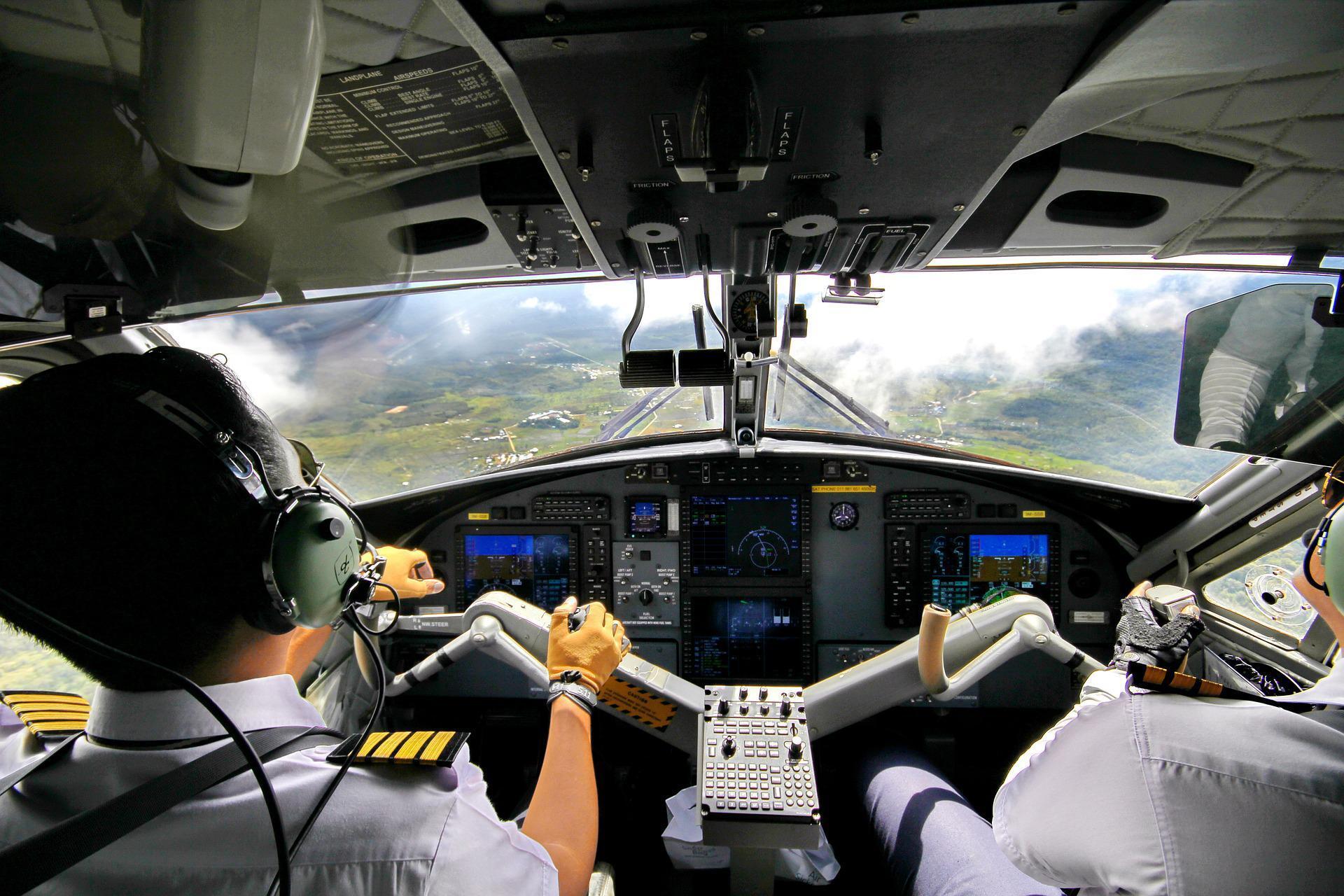Op-Ed: Removing Airline Pilots From The Flight Deck Is A Gamble With Safety

If you’re planning an international trip this year, you’re not alone.
Passengers in North America have returned to the international skies in greater numbers than anywhere else in the world. Passengers know that flying is safe—at least for now. Some in the airline industry want to remove pilots from the flight deck, increasing risk to the public and placing the safest mode of transportation in the world in jeopardy.
Whether you depart from New York, San Francisco, or Atlanta bound for London, Paris, or Tokyo, a crew of at least two qualified, experienced, trained, and rested airline pilots is at the controls on the flight deck of your plane. Every aspect of your flight—the aircraft, its systems, the regulations and standards that apply to the flight, and the procedures that pilots follow—is deliberately designed for a team working together on the flight deck.
As is true for many professions, airline pilots are trained and expected to check their colleagues’ work. As individuals, we follow procedures that have been refined over more than half a century of flight and often through feedback submitted by airline pilots through voluntary safety reporting programs. We ensure our co-workers do the same.
On the flight deck, we divide responsibilities among the team. These include operating the aircraft, monitoring flight operations, managing automated tools, and catching and correcting errors that may occur in a complex and dynamic work environment. Even when everything is going right, real-time issues such as medical emergencies or unruly passenger incidents may still surface. Everyone involved in the flight benefits from having the perspective, judgment, and experience of at least two highly trained pilots on the flight deck to respond.
While extremely rare, when an abnormal situation or emergency arises during a flight, the presence of two or more pilots on the flight deck becomes particularly critical. In these situations, one pilot is charged with flying the aircraft while the other monitors systems, maintains situational awareness, and communicates with air traffic controllers and flight attendants. As the global airline industry has learned many times—during an engine failure due to a bird strike, an encounter with volcanic ash, decompression resulting from a failed cargo door, and most recently when two aircraft were stopped from colliding when the pilot saw the danger—both sets of responsibilities save lives.
Beyond our personal experience as airline captains who fly internationally, conclusive research, such as a 2017 study by NASA and the FAA, clearly lays out the unacceptable safety risk posed by single-pilot flight operations, especially during abnormal events.
Despite this evidence, at least one aircraft manufacturer is pressuring international aviation bodies to put profits first and introduce an unacceptable level of safety risk to commercial aviation. Some purport that, despite the safety risks, they should be permitted to operate your future international flight with fewer pilots on the flight deck. International flights, which often take place over the ocean and at night, are not exempt from emergencies and abnormal occurrences—and the unique challenges of the flight environment demand having at least two pilots on the flight deck at all times, just like every other flight, be it domestic or international. This push recklessly dismisses lessons the global airline industry has learned and ignores all we know about how to safeguard airline passengers, crews, and cargo, as well as others who share the global airspace and those on the ground below.
This year, forecasters predict a more than 20% increase in international visitors to the U.S. Meanwhile, the U.S. and countries around the world are looking to integrate new and expanding users such as commercial spaceflight and advanced air mobility systems into the global airspace. In this context, the safety provided by having at least two qualified and experienced airline pilots on the flight deck at all times during the flight is more apparent—and more important—than ever for all airliners whether they carry passengers, cargo, or both.
Some in the international airline industry want to put profit before safety. However, airline pilots around the world will not allow them to risk or roll back the industry safety record we’ve fought for decades to build—and on which passengers and shippers depend.
Capt. Jason Ambrosi is president of the Air Line Pilots Association, Int’l, which represents more than 67,000 pilots in the U.S. and Canada.
Capt. Otjan de Bruijn is president of the European Cockpit Association, which represents more than 38,000 pilots in Europe.
Capt. Jack Netskar is president of the International Federation of Air Line Pilots’ Associations, which represents more than 100,000 pilots in nearly 100 countries.




